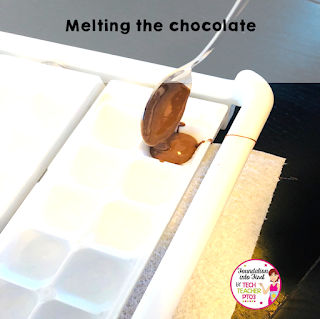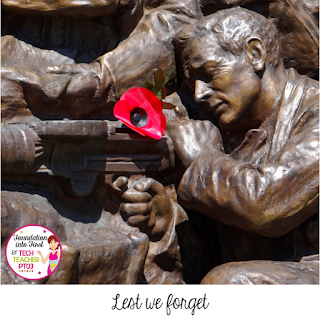I love teaching Geography and Christmas time is the perfect time for interweaving your Social Studies (History) with Geography through the study of how Christmas is celebrated in other countries.
Over the next few weeks I will show you how you can take your early years students on a journey of discovery to learn about different cultural celebrations around the world.
This week Germany!
All the materials for exploring Germany can be found in my Christmas in Germany pack, available for download here.
HOW THE GERMANS CELEBRATE CHRISTMAS
Christmas Eve in Germany is called Weihnachten and is typically the beginning of Christmas celebrations for many German families. In preparation for Advent, families prepare for the arrival of das Christkind (the Christ Child). Traditional advent activities include the Adventskranz (Advent wreath). Children also enjoy the advent calendar, which contains twenty-four doors, one of which is opened each day leading up to Christmas. Many advent calendars contain a chocolate treat behind each door or pictures of a holiday scene.
During the Christmas period, the Weihnachtsmarkt (Christmas markets) become a feature of almost every city, town or village in German-speaking countries.
On the 6th December, Germans commemorate Saint Nicolas (Nikolaustag) by placing a boot outside the front door and overnight the Nikolaus (a figure similar to Santa Claus) visits the house and fills the boot with sweets and small presents if the children have been good. If the children have been bad, they receive a twig from a birch tree!
GERMAN CHRISTMAS FOOD
Germans really love their food and Christmas is a time for children to become really involved in food preparation through icing gingerbread people (Lebkuchen). Stollen is a traditional German bread made at Christmas time and can contain fruit, nuts, spices and candied fruit. You can purchase Stollen in most shops (I purchased mine from ALDI but most shops have them stocked for Christmas) or you can make one of your own if you have students who are sensitive to nuts (recipe included). Nothing will engage visitors to your classroom more than tasting food from another country!
In this pack I've also included some German paper dolls for students to make as they add something magical to a classroom display and teach children about traditional German costumes.
Let children find Germany on the map and then plot its relation to your own country. Use Venn diagrams to compare German Christmas traditions with your country. Hand out flyers to visitors to your classroom (complete with passport stamp!), colour in posters and make foldable brochures on Christmas in Germany. There is just so much you can do with this activity in your classroom!
The Christmas in Germany pack can be found here, along with the Geography pack All about Germany.













































